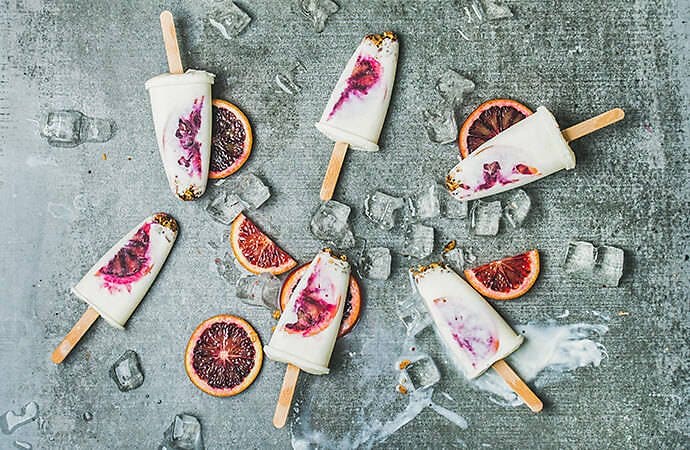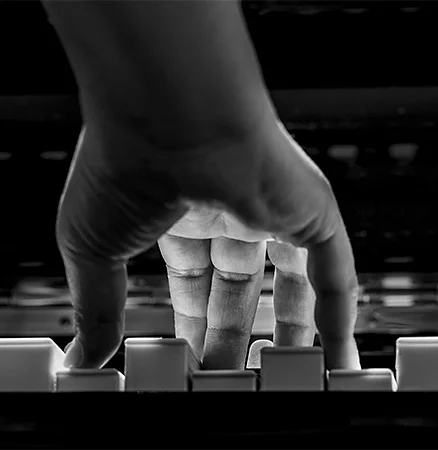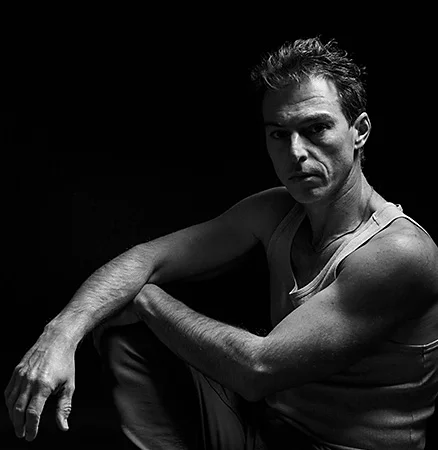
video
High key lighting vs low key lighting in videography.
Lighting has artistic ramifications. It changes the mood and style of your video, so the content you intend to shoot should inform your lighting choices.

The significance of great lighting.
Lighting is one of the most important tools a videographer can use to tell a story, create a mood, and connect with the audience. Learning to achieve your desired results takes time, and successfully creating the exact lighting effects you’re looking for often comes via trial and error.
“When you’re filming, you’re trying to emulate a three-dimensional space within two dimensions,” explains videographer Hiroshi Hara. Light and shadow give objects weight and depth, and lighting the same object differently can change its shape and meaning.


High key vs low key lighting.
High-key and low-key lighting are two studio lighting techniques that result in very different moods and aesthetics. High-key lighting reduces the lighting ratio in the scene, meaning there’s less contrast between the darker tones and the brighter areas. Alternatively, low-key lighting has greater contrast between the dark and light areas of the image with a majority of the scene in shadow. Whether you’re creating corporate training videos or edgy art house films, it’s important to explore the ins and outs of high-key and low-key lighting so you can use them to effectively communicate ideas.
Illuminating ideas with high-key lighting.
A key light is the main source of light in a video or photo. High-key lighting results in brightly lit subjects with more fill light and softer shadows. Fill lights are used to increase the amount of ambient light in a scene and reduce the contrast.
Where to use high-key lighting.
High-key lighting is often used in commercials for food and beauty products. The brightly lit scenes often suggest an upbeat mood and positive message. This look can also imply truth and openness, making it effective for video interviews or training videos. Your video content and lighting should work hand in hand so the message is cohesive and clear. If you shoot a somber subject in high-key lighting, it may come across as insincere.


How to get high key lighting shots.
The secret to creating high-key images and videos is using large light sources and soft shadows. Large softboxes or diffusers are effective for brightly lighting a scene without adding harsh shadows to your subject. “The larger your source of light, the softer your shadows look,” Hara notes. “The smaller the light, the harder they look.” High-key images often have lighter backgrounds as well, which helps reflect and amplify the ambient light in a scene.
While your goal is to soften and reduce shadows, “never put a light directly in front of your subject, because that’s just going to flatten everything,” as videographer Kenton Waltz explains. Try placing your light sources 30 degrees or so out from the camera. This angle, combined with a well-lit scene and fill light, will give your subject dimension without creating harsh shadows. Your lighting setup while filming is essential for successful high-key imagery, but tweaking your exposure and brightness levels in post-production can help you perfect your video.
Capturing drama with low-key lighting.
Shooting a low-key video results in darker shadows and a minimal amount of whites and midtones. As Hara notes, “Low-key lighting has been around in the art world for a long time in the form of chiaroscuro.” Chiaroscuro is when an artist uses a high contrast between light and dark to create a dramatic mood and draw the viewer’s eye to one part of the composition. Nowadays, low-key lighting serves a similar function in video and is characterized by its dark shadows and mysterious mood.

When and where to use it.
Low-key lighting is often used for more serious, dramatic, or narrative videos. With its moody, dark tones, “low-key lighting is effective for drawing attention to serious subject matter, or the darker, emotional side to the story,” notes Waltz. Low-key lighting translates well into black and white and is also popular in portrait photography. Film noir, or stylized Hollywood crime dramas, classically used low-key lighting. Due to its serious mood and high contrast, you’re less likely to see low-key lighting used in marketing or promotional materials.
How to achieve low-key effects.
For low-key lighting, you need to limit the ambient light in your scene and closely control your light source. Since white or light-colored walls reflect light easily, low-key lighting is most effective when shot against dark backgrounds. You can also use strategically placed black fabric to reduce light and control what’s bouncing around. You can shoot low-key images and videos with natural light, but it requires you to control the set or environment more strictly.



While low-key lighting is most effective when created in the scene, post-production edits can help amplify the effect. Adjusting and tweaking your whites and blacks can also give your video the push it needs to successfully evoke the emotion and mood you’re looking for. But whether you’re shooting a bright and airy makeup commercial or a dark, serious short film, lighting makes a huge difference and will make or break your final product.
Learn even more about how to adjust your lighting in post with the Adobe Premiere Pro course on color adjustments, beginning with this tutorial on contrast, highlights, and shadows.
